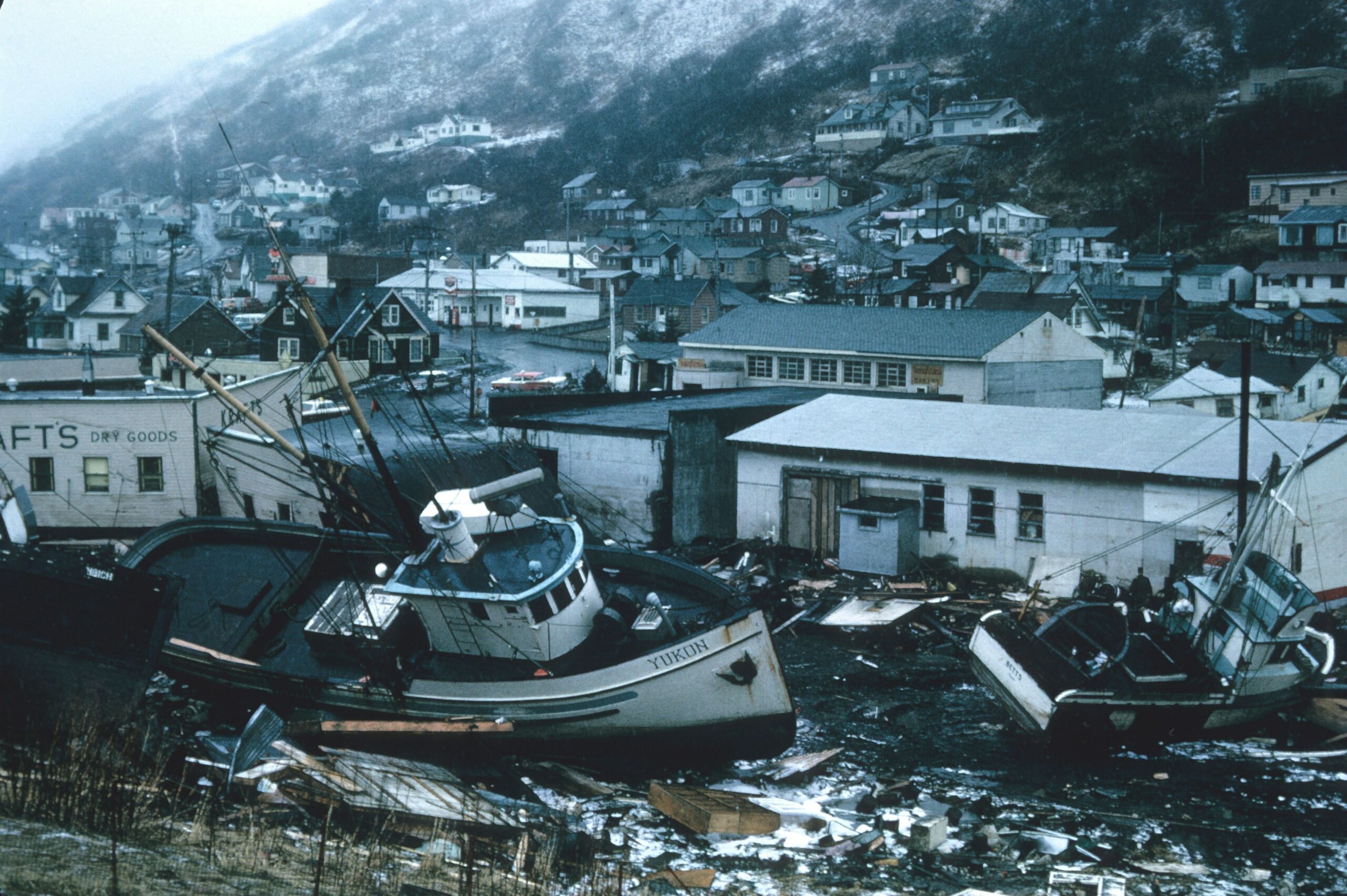As summer arrives, we are frequently called upon to manage our community’s needs during severe weather. This discussion will provide a detailed overview of the Occupational Safety and Health Administration (OSHA) requirements and guidelines that must be followed to ensure the safety of emergency responders operating in emergency flood zones and during severe weather conditions, including thunderstorms and tornadoes.
To begin with, it is crucial to conduct a thorough hazard assessment to identify potential risks and provide comprehensive training on specific hazards and protective measures. Your department should have already identified all potential flood hazards in your response area. If this has not been done, it must be completed and a detailed Emergency Action Pre-plan should be made a top priority.
Just like every other emergency call we are on, personal protective equipment (PPE) is essential, especially in foul weather conditions. Workers should use safety glasses, goggles, or face shields as needed, and hard hats to protect from falling debris. Waterproof and puncture-resistant boots, as well as appropriate gloves to guard against cuts, chemicals, and contaminants, should be worn.Respirators must be provided if there is a risk of inhaling hazardous substances, including mold. Additionally, responders should wear suitable clothing for the weather, including rain gear and insulated or breathable clothing as needed.
Often, flooded areas will contain contaminants from septic systems. Several specific concerns and protections must be addressed to ensure the safety of workers and the general public. Flooded septic systems can pose various health and environmental risks, and proper precautions are essential to mitigate these risks. Floodwaters can carry pathogens, bacteria, viruses, and harmful chemicals from septic systems, leading to water contamination. Exposure to this contaminated water can cause illnesses, including gastrointestinal infections, skin infections, and respiratory issues. Additionally, there is an environmental impact to consider, as flooded septic systems can leak pollutants into the surrounding environment, affecting soil, groundwater, and surface water.
Structural integrity is another concern, as flooding can damage septic tanks and drain fields, leading to system failure and potential safety hazards. Furthermore, flooded septic systems can produce unpleasant odors, indicating the presence of harmful gases like methane and hydrogen sulfide.
Electrical safety is paramount. Workers should avoid contact with electrical equipment when it is wet or they are standing in water and follow lockout/tagout procedures to ensure power is off and locked out before starting work. During thunderstorms, outdoor activities should be restricted to addressing lifesaving threats only and all other work suspended and shelter sought to avoid lightning strikes. All downed power lines must be treated as energized and avoided.
Structural safety involves evaluating buildings for stability before entering and using appropriate shoring and bracing for structures at risk of collapse. During tornado warnings, it is essential to identify and use sturdy buildings as shelters, and to assess structural integrity post-storm before entry.
To protect against biological and chemical hazards, PPE should be used to guard against mold and contaminants in floodwaters, and workers must be aware of potential chemical spills and contaminants.
Fall protection measures include ensuring scaffolding is properly erected, ladders are in good condition and used correctly, and harnesses and other fall protection are used when working at heights. During high winds, ladders, scaffolding, and aerial lifts should be secured or avoided.
Heat and cold stress precautions are also necessary. Workers must stay adequately hydrated and take regular rest breaks to prevent heat stress. Proper clothing and warming shelters should be provided to prevent cold stress injuries like hypothermia and frostbite.
Effective communication and coordination are critical. A comprehensive emergency action plan should be developed and communicated, and efforts should be coordinated with other local, state, and federal agencies for a unified response. Reliable communication systems, including backup options, must be in place.
Incident reporting is essential. Any injuries, illnesses, and fatalities must be reported to OSHA as required, and logs of all incidents and safety inspections should be maintained.
For emergency responders, specialized training for rescue operations during and after severe weather events is vital. Additionally, mental health support and counseling should be offered to responders dealing with high-stress situations.
For further guidance and resources, OSHA provides several useful references:
These comprehensive guidelines aim to ensure the safety and health of emergency responders in challenging conditions. Adherence to these OSHA requirements is essential for protecting those who serve in these critical roles.


